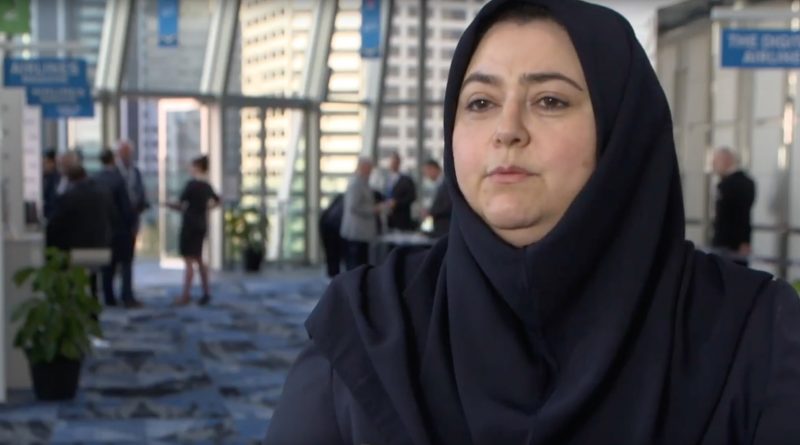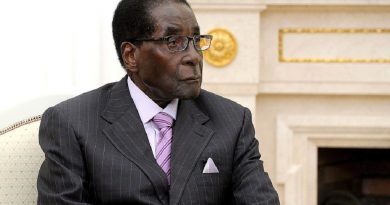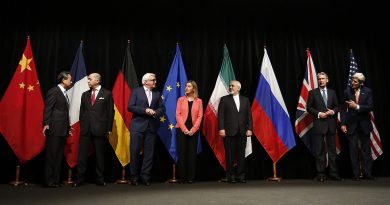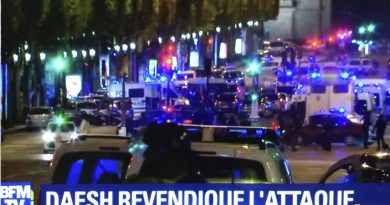Engaging Iran
In the febrile atmosphere of US threats and intimidation against Iran, there is a flurry of speculation on whether Iran will suffer war, revolution or regime change. To avoid analytical traps in the flurry of speculation in the media, it is imperative to be aware of blind spots in assessing Iran’s near future. There is enough evidence to suggest that neither war, nor revolution, nor regime change are plausible political outcomes in the Iranian impasse. Most readers of this composition may recall the same pattern of threats, intimidation and coercion in previous US administrations. All the same, Iran succeeded in brokering the nuclear deal in 2015, which was hailed a watershed in Iranian diplomacy, signalling greater Iranian openness and trust towards the international community.
In the convoluted rhetoric on the general malevolence of Iran’s contemporary political system and actions on the world stage, we are yet to identify a coherent and sensible strategy.
The undercurrent is one of destructiveness and duplicity, with the Trump administration declaring support for the Iranian people, while it strangulates the economy in which they live. The Iranian currency, the rial, has slumped abysmally, trading at 119,000 to the US dollar at the end of July 2018, with new US sanctions looming around the corner (set to take effect on 6 August 2018, with further oil and shipping sanctions set for November). In the open-endedness and formlessness of the current situation, there is immense frustration and insecurity. However, there is a political constant in all of this, and that is the notion of reform (dare I call it that): undeclared reform that in itself is rather formless but real, nonetheless.
I question much of the standard commentary on Iran, and instead interrogate what is routinely regarded as axiological – truths taken as axiomatic and not susceptible to questioning and challenge. In the prevailing political atmosphere, the Iranian political system is depicted as an unresponsive, static and monolithic entity. However, if we remove the reductive, black or white lenses, there are some hopeful grey zones. Indeed, in Iran, there is a political stalemate within a state superstructure that is bifurcated into progressive forces on the one side, and conservative stalwarts on the other, hanging above a society suffering economic and social blockages.
In this confined political habitat, the paradoxes underpinning a hybrid system (theocratic and democratic) of governance have produced some fascinating contradictions.
In the aftermath of the nationwide protests in December 2017, the Supreme Leader, Ali Khamenei, accused foreign agents of fomenting unrest. Discussion of the threat of a Western ‘cultural invasion’, led to the subsequent banning of the teaching of English in primary schools. What is interesting is that this hermetic (closed) measure was met with a more progressive measure: the reform of a drug lawwhich could mean the end of capital punishment for drug traffickers. In January 2018, Iran made the unprecedented move to declare the suspension of 5000 drug traffickers on death row. In April 2018, parliament passed an amendment (which needs to go through a second round), which according to Hassan Norouzi, a spokesman for parliament’s judicial committee, could commute the sentences of thousands of inmates on death row.
A potential watershed in Iranian narcotics law, this measure received scant in Twitter compared to the English language ban. Tellingly, there is no hashtag to read: ‘#Iranreforms’.
Venturing further beyond the nebulous haze of Iran bashing, there is a battery of policy changes suggest that Iran is quietly reforming.
On 21 July 2018, the barred Zoroastrian, Yazd city councillor, Sepanta Niknam, was reinstated in his post after a 9-month suspension owing to his religious denomination. According to new legislation passed by the conservative Expediency Council, religious minorities – Zoroastrians, Jews and Christians – are now eligible to run in municipal elections. The bill overrides the ultra-conservative Guardian Council’s rule that a non-Muslim cannot be a member of a body that makes decisions in Muslim-majority constituencies.
Iran has also made progress in responding to women’s calls for the right to enter sports stadiums. On June 20 and 25, 2018, the authorities opened Azadi stadium’s doors to women and men to watch a live screening of the last two games of Iran’s national football team at the 2018 World Cup.
Other indications of change are more progressive attitudes towards women.
In October 2017, Iran Air, the country’s national airline, has for the first time appointed a female CEO, Farzaneh Sharafbafi, who is also the first Iranian woman with a PhD in aerospace. Other measures include the way in which the regime perceives alcohol addiction – alcohol is haram or prohibited in the Islamic Republic. Since 2015, the Health Ministry has ordered dozens of private clinics and government institutions to open help desks, special wards and state-run clinics for alcoholics. The government is addressing addiction as a public health crisis rather than simply an issue of morality or legality.
These are small but significant landmarks in human rights, minority rights and women’s rights, and they should not go unnoticed. The question is how have four decades of political isolation, war-mongering and sanctioning served the Iranian people? How has the international community improved the quality of life for Iranians?
Support for Iranian reform without threats of regime overthrow or war would bring greater convergence with Iran and the outside world (by mitigating its existential fears and regional activism) and address the undoubted shortcomings of post-revolutionary Iranian society. A new logic of engagement may well allow Iran to break out from its impasse in international relations and encourage progressive reforms that benefit the Iranian people more than sanctions. Let’s hope the next four decades are more constructive then they have been.
The opinions expressed in this blog are solely the authors’ point of view and do not bind the Center for International Studies, its Director or any other researcher. Farzaneh Sharafbafi /still from 2018 interview
![]() This work is licensed under a Creative Commons Attribution-NonCommercial-ShareAlike 4.0 International License.
This work is licensed under a Creative Commons Attribution-NonCommercial-ShareAlike 4.0 International License.




